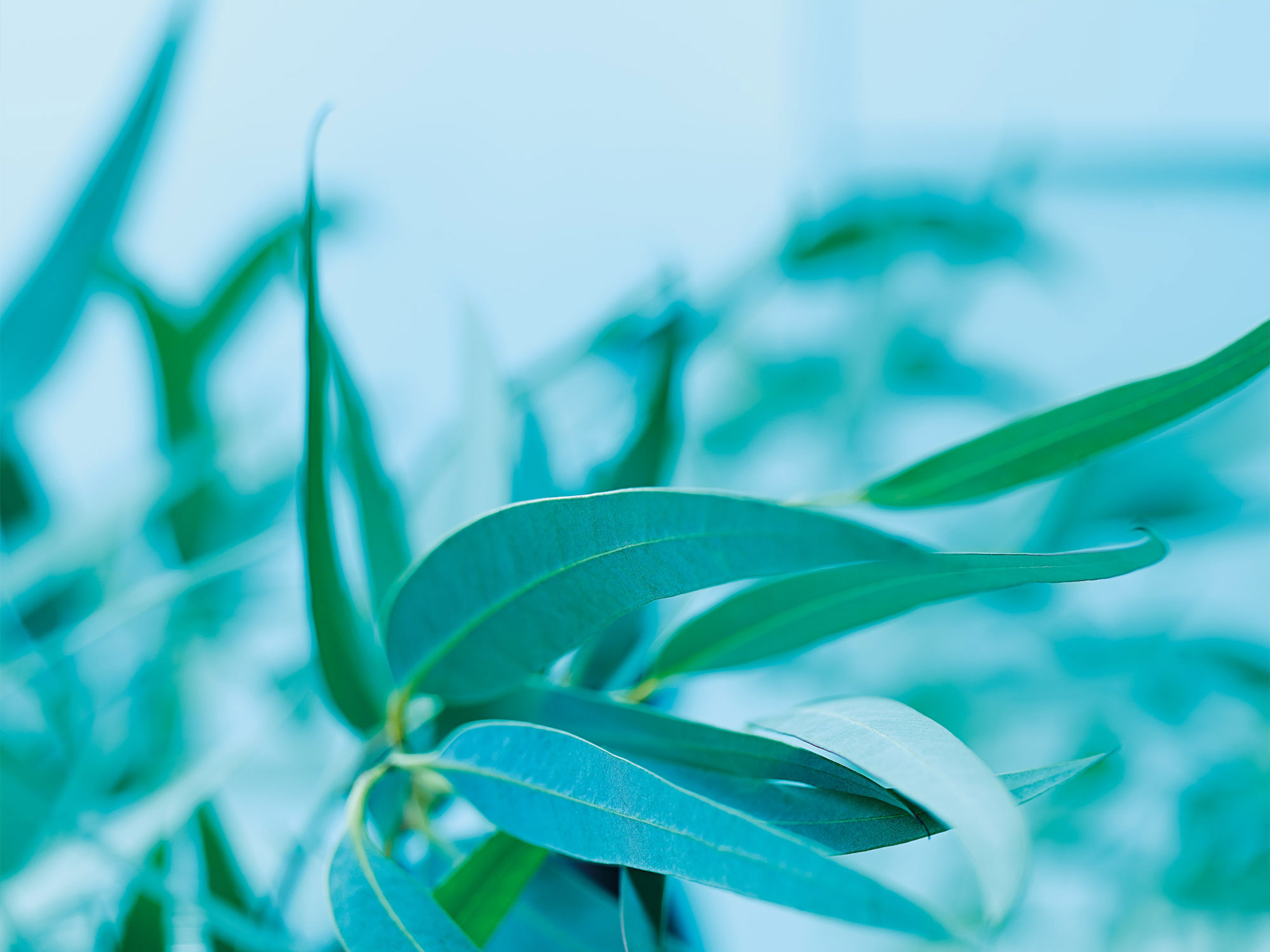

Let’s get the obvious ones out of the way. We’re going to see increasing emphasis on sustainability, and a special focus on plastics.
Having taken the step to eliminate carrier bags from stores, it’s going to dawn on people that it’s nothing compared to all the plastics in packaging. A consumer reaction is inevitable.
Other changes are locked in, too, if you know where to look. The growth opportunities in the food and beverage sector lie in Health/Wellness, Provenance, and products that are distinctive and hard or impossible to copy. Manuka honey is the perfect example because it offers all three. Unsurprisingly, Manuka honey exports have grown at an average 25% per annum for 15 years.
And a greater focus on exports is something New Zealand needs as part of the future. NZ accounts for 0.1% of the world’s population and 0.3% of its GDP. Even Australia only accounts for 1.6% of world GDP. NZ has real competitive advantage in foodstuffs and beverages, but our tiny scale makes us very vulnerable. If NZ confidence surveys translate to economic activity, it’s exporters who will thrive.
Domestically, the easiest things to predict are those that won’t change, or at least where the path of change is well established. So, increasingly, we’ll see people pay a premium for convenience. We already have meal kits delivered to the door and subscription services for everything from toothbrushes and razorblades to entertainment. It’s an enormous area of opportunity and I’m confident we’ll see many new offerings in 2019.
Design trends are always hard to predict, as kicking against norms is part of the process. But, looking abroad, we see a new embrace of colour: bright, bold and uninhibited. Every so often the cycle turns away from monochrome as a signal of safe good taste, so that could be one to watch.
Article from the FMCG Leaders Forum 2019